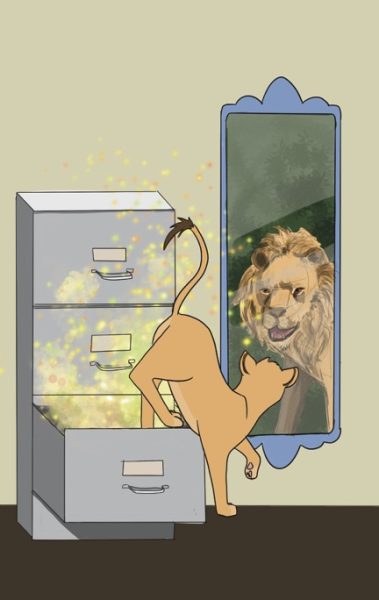A Dramatic Warning on Fire Prevention: “Era of Megafires”
March 9, 2017
On March 1, Dr. Paul Hassburg, a fire and landscape ecologist, presented the multimedia production “Era of Megafires” to a Maxey Auditorium occupied largely by Walla Walla community members.
The composition of the audience was not shocking, since most Whitman students are away from campus in the summer months and may not be aware of the wildfire threat in Walla Walla County. However, with drier and hotter summers in recent years, the threat has become more pressing for the greater Walla Walla community.
For example, in the summer of 2015, Walla Walla saw one of its biggest fires ten miles out of town. This fire was especially risky as it threatened the Mill Creek watershed, the town’s primary water supply. Despite this understandable fear, Hassburg emphasized that fires have always been a part of nature’s cycle. Instead of fearing fire, Hassburg advocated for understanding it and opening up space to talk about fire mitigation. The presentation itself focused on wildfire mitigation vis-à-vis prescribed burning, forest management and homeowner responsibility.
However, in order to have such a conversation, the historical, economical and scientific background of wildfire mitigation in the U.S. is key. For example, many don’t know that logging can actually help maintain a forest. Elizabeth Greenfield, a junior environmental studies-sociology major and an alumna of Semester in the West, shared that the historical prevalence of anti-logging campaigns makes this sort of statement surprising.
“People on the West [Coast] know all about the Sierra Club battles and media campaigns going against [logging], so it’s really important for people to understand more of the nuances,” Greenfield said.
Greenfield recognizes that nuances of forest maintenance are not as accessible or clear-cut as they could be. “Era of Megafires” seeks to mediate this by utilizing a multimedia approach that intersperses videos, infographics and photography throughout Hassburg’s commentary.
Alissa Cordner, Assistant Professor of Sociology at Whitman and one of the many organizers, reflected on the presentation’s success in connecting with the audience.
“When you are trying to connect with an audience around a difficult and often controversial topic, I think it helps when the presentation is fun,” Cordner said.
In addition to the multimedia approach, the audience responded well to jokes such as a jab at Smokey the Bear’s strict no fire policy. Hassburg’s personal approach also added to the accessibility of the information provided.
Not only does Hassburg have experience with fire mitigation as an ecologist, but also as a homeowner. As a resident of Wenatchee, Wash., Hassburg touched on his experience throughout the presentation in order to emphasis the responsibilities homeowner’s have in wildfire mitigation. For Cordner, whose work focuses on the interactions between social institutions and environmental outcomes, identifying responsibility was a key point in the presentation.
“[A] bigger goal of the presentation is to build more public and agency support for prescribed burning,” Cordner said.
As Cordner indicates, the support for tactics such as prescribed burning is not one group’s responsibility. Hassburg appeals for agencies and the public to engage in conversation and ultimately work together in advocating for the use of prescribed burning.
It is still early to gauge the overall impact of this presentation in encouraging such partnerships, but Eric Pfeifer, a 2002 Whitman graduate and a forester with the USDA Forest Service at the Umatilla National Forest, is hopeful.
“The net effect of that information is that the public better understands the kinds of management we do on the Umatilla Forest, why we do it and allows the public to more effectively engage in the development of future projects,” Pfeifer said.
Multimedia presentations may not be what you think of influencing environmental changes, but “Era of Megafires” shows how necessary accessibility and visibility of information are to making environmental decisions that affect us all.






